Preservation Pennsylvania has announced the addition of 8 properties to Pennsylvania At Risk, the list of sites determined to be among the most endangered historic resources in the Commonwealth. The sites were selected from nominations submitted by the public in 2015 and will become Preservation Pennsylvania’s work priorities in 2016.
The annual Pennsylvania At Risk list seeks to
- draw statewide attention to the plight of Pennsylvania’s historic resources
- promote and support local action to protect historic properties
- encourage funding and legislation that supports preservation activities
Below you can read a brief description of each of this year’s At Risk sites. The Pennsylvania At Risk 2015 publication may be viewed online or downloaded by clicking here.
Preservation Pennsylvania offers individuals, communities and organizations free technical assistance to help prevent historic properties from reaching At Risk crisis status. Consult our free publication, How to Protect and Preserve the Places that Matter to You, at our website www.preservationpa.org
2015 Pennsylvania At Risk List
- Anderson Brick Block, Elk County
- Farrandsville Furnace, Clinton County
- Lewistown Historic District, Mifflin County
- Lindenwold, Montgomery County
- Old Economy Bachelors’ Quarters, Beaver County
- People’s Hall, Chester County
- St. Paul’s United Methodist Church, Luzerne County
- West Middletown Historic District, Washington County
Anderson Brick Block, 523-569 Market Street, Johnsonburg, Elk County
THREAT: Physical Deterioration
The Anderson Brick Block was one of the first brick commercial buildings constructed in downtown Johnsonburg. This extraordinary building dominates the east side of Market Street for nearly half the length of the National Register-listed Johnsonburg Commercial Historic District.
The 12-bay brick building is two stories high, with a 3-story bay accentuating each end. Unfortunately, the building has been altered to some extent and its condition is deteriorating. The building is partially vacant, and at risk of disaster, such as fire, or continued deterioration. It is in need of upgrades to attract quality tenants. The current owner is not interested in investing in the needed upgrades, but is willing to sell (or perhaps donate) the building to someone with the capacity to rehabilitate it.
Farrandsville Furnace, 400 Block Farrandsville Road, (Lock Haven) Colebrook Township, Clinton County
THREAT: Physical Deterioration
The Farrandsville Furnace was completed in 1837, and significant for its role in the development of hot blast iron furnaces in America. While the furnace sits at an easily accessible location, physical deterioration of the property has become so severe that it is no longer safe to visit. The furnace is owned by the Clinton County Historical Society, which is committed to stabilizing this property. The Historical Society received a grant to evaluate the cost of rehabilitating the property, but is unable to act upon this report without further funding and support. The owner is well-intentioned, but needs assistance to preserve this important historic site.
Lewistown Historic District, 17-33 East Market Street & 8 North Brown Street, Lewistown, Mifflin County
THREAT: Demolition for Chain Retail Development
The National Register-eligible Lewistown Historic District will be negatively impacted by the proposed demolition of nine historic buildings (17-33 East Market Street and 8 North Brown Street) for the construction of a new CVS pharmacy.
In order to accommodate a new 12,000 square foot, one-story CVS drugstore, its drive through, 53 off-street parking spaces, utilities and stormwater management, 11 properties in Lewistown’s downtown historic district will be acquired and consolidated into a single 1.1-acre lot. All of the buildings standing on these lots will be demolished, including approximately 9 historic buildings and at least 3 outbuildings. In addition to the significant loss of historic buildings, the proposed new development will detract from the overall character of the historic district by inserting a building whose setback, height and materials are not compatible with its historic neighbors.
Lindenwold, 701 S. Bethlehem Pike, (Ambler) Upper Dublin Township, Montgomery County
THREAT: Historic Character Compromised by Development
Lindenwold is currently under an agreement of sale to a development team that hopes to establish a residential community on this 45 acre estate.
The developer believes that by preserving “the castle,” the main entrance, two gate houses, a walking path, sunken garden, lake and 19 acres of open space, they are doing the right thing. But because the character-defining landscape will be negatively impacted by the removal of more than 1500 mature trees, regrading of the site, and the construction of approximately 350 housing units and a parking garage, the community is not satisfied. The essential historic character of the property, built by Dr. Richard V. Mattison, “the man who built Ambler,” will not be preserved by the proposed intensive development. To preserve this historic estate, alternative development plans should be explored.
Old Economy Bachelors’ Quarters, 284 Thirteenth Street, Ambridge, Beaver County
THREAT: Physical Deterioration
Often referred to as the bachelors’ quarters, this building once housed the single men of the Harmony Society and is both historically and architecturally significant.
The Harmonists’ emerging philosophy of celibacy, which is represented by this building, played a critical role in leading to the religious sect’s eventual extinction. The property is located in the Old Economy National Historic Landmark district and in a locally regulated historic district.
Despite its tremendous historic significance, the bachelors’ quarters has deteriorated to the point where its future is uncertain. Used for decades as a multi-unit rental property, the property is now for sale and in need of a new owner who will complete the extensive rehabilitation and get the building back into productive use.
People’s Hall, 810 Doe Run Road, East Fallowfield Township, Chester County
THREAT: Physical Deterioration
People’s Hall was built in 1845 by the East Fallowfield Anti-Slavery Society, a local Quaker Abolitionist group. This building housed their meetings and served as the local headquarters for the abolitionist movement.
People’s Hall is managed by a board of Trustees, which over time became sparsely populated and marginally functional. As a result, maintenance of the building was deferred, causing interior and exterior damage that needs to be stabilized and repaired. The board has now been restructured, and with new talent and energy, is committed to returning People’s Hall to its rightful status as an important community building. They are seeking additional recognition, support and funding to preserve this threatened property.
St. Paul’s United Methodist Church, 133 W. Green Street, Hazleton, Luzerne County
THREAT: Physical Deterioration due to Vacancy and Abandonment
Once a lively community center, this vacant historic church is now languishing. The building is deteriorating, and its unique architecture is at risk due to deferred maintenance and vandalism. Because of the church’s design, history and central location, it has strong potential for redevelopment via adaptive reuse.
Members of the community hope to work together and with partners to identify potential new uses and find a new preservation-minded owner to rehabilitate the historic church.
West Middletown Historic District, West Middletown, Washington County
THREAT: Physical Deterioration
West Middletown is a quaint, historic, roadside community that developed circa 1800. It was once a bustling little town of buildings that housed a variety of commercial enterprises, with craftsmen and shopkeepers living in residences connected to their businesses. Today, West Middletown’s aging buildings are in need of significant repairs and upgrades.
As the local and regional economy have changed, the community’s buildings are now owned by local residents that lack the means to upgrade their properties, or absentee landlords who choose not to invest in their rental properties.
The Borough of West Middletown recognizes the value of its historic buildings and their important role in the vitality of the community, and is seeking assistance in their efforts to preserve as many as possible.
You can help!
Not all At Risk properties can be saved, but our track record proves that many can. Calling attention to the plight of these special places gives each one a better chance of finding the right combination of people, support and ideas — the resources necessary to result in a “Save”!
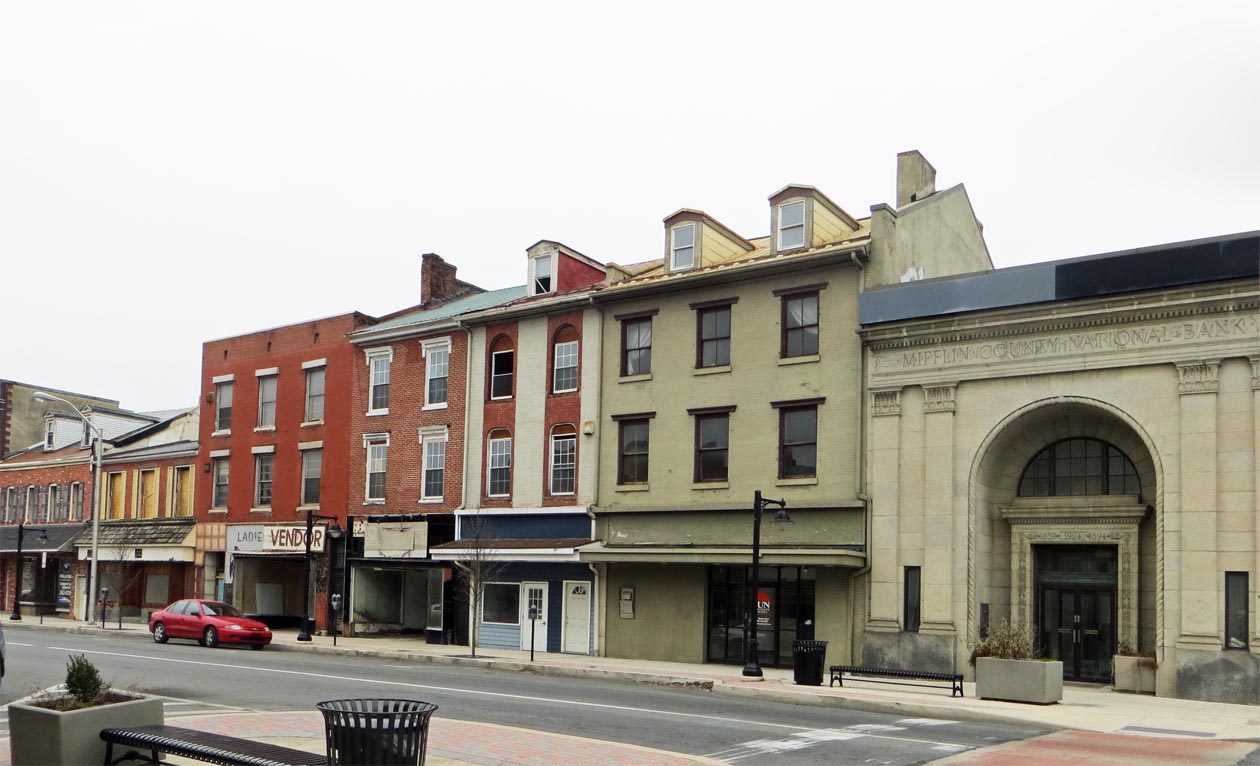
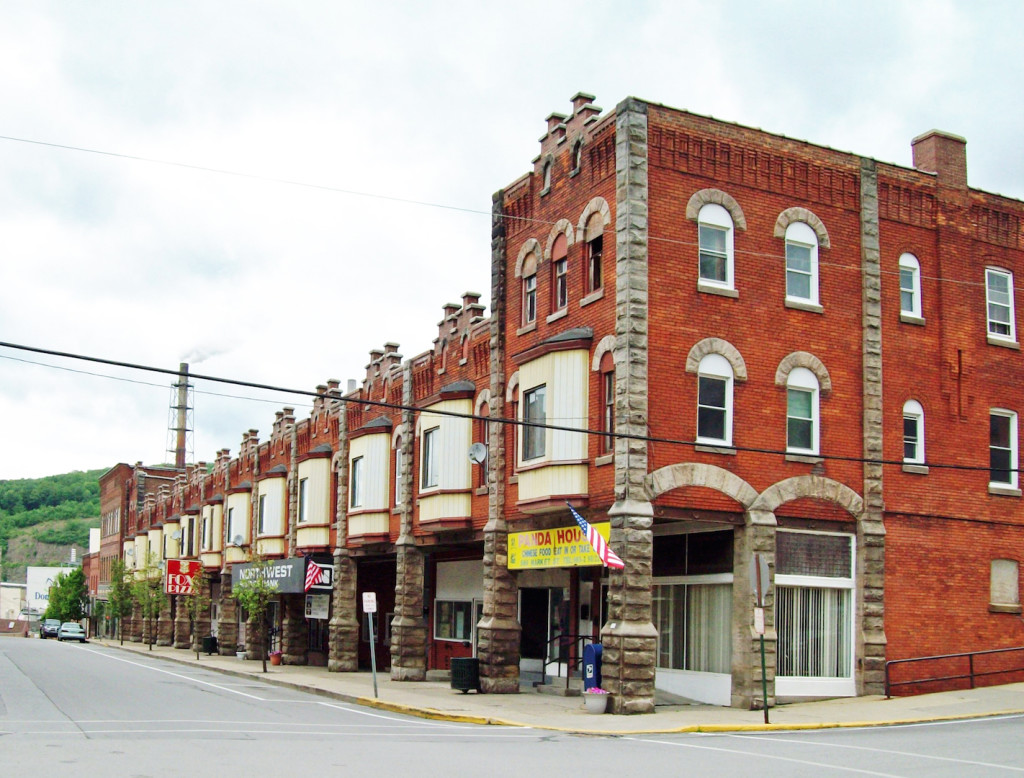
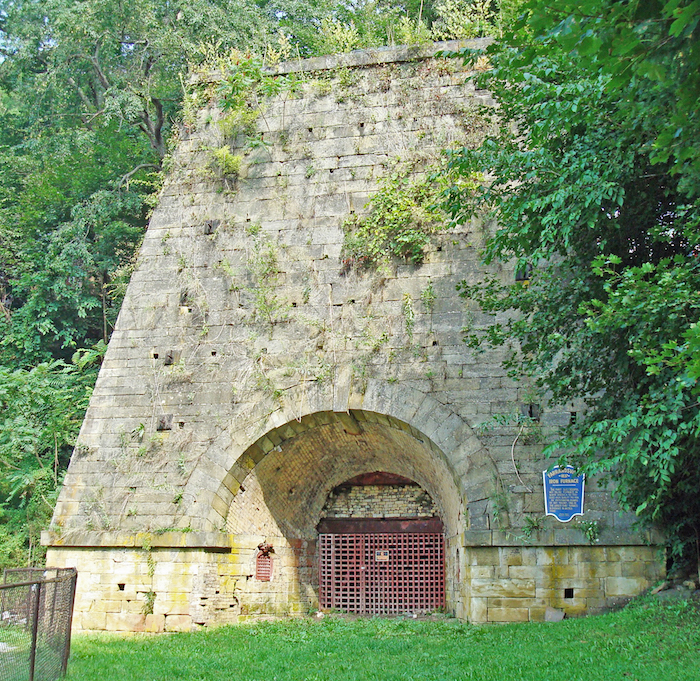

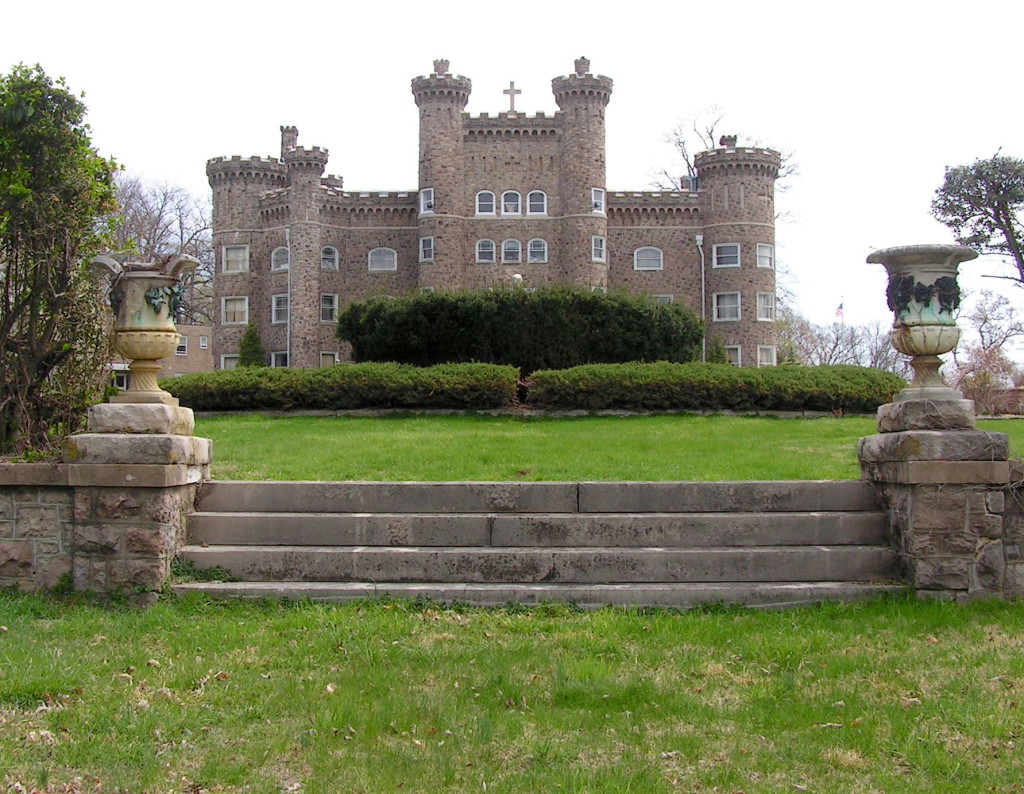
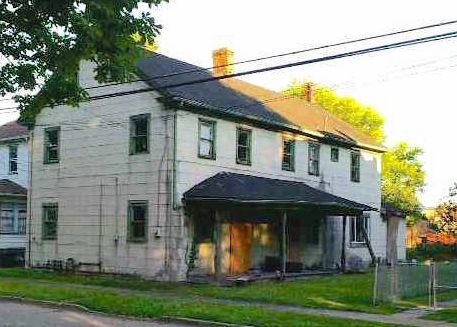
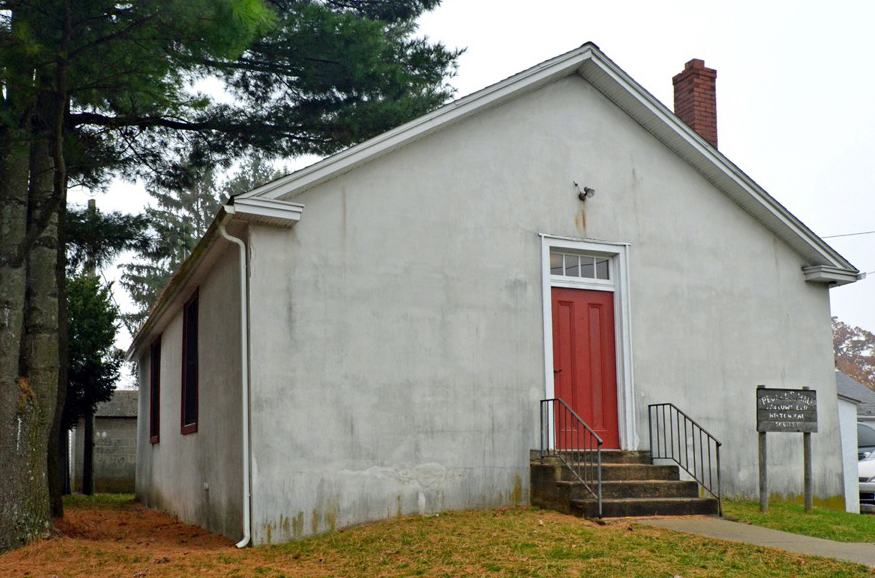
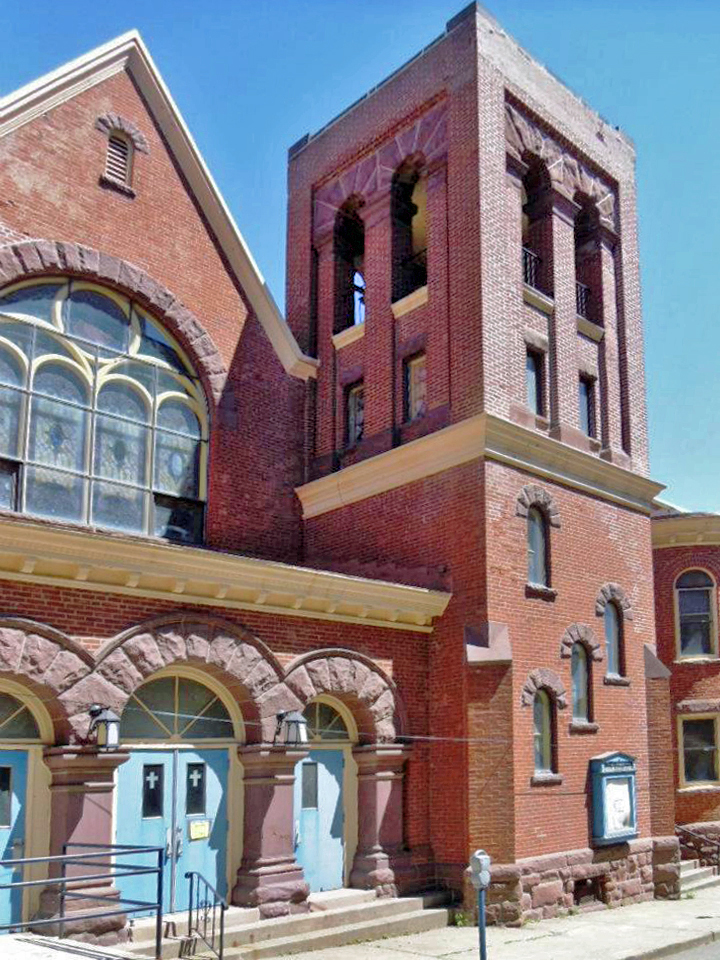
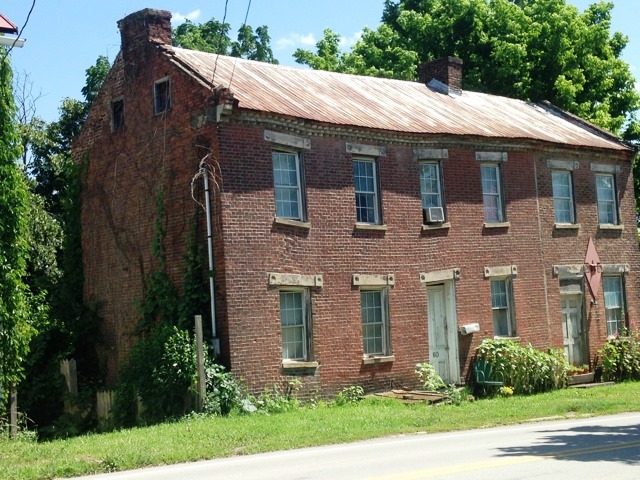
Leave a Reply